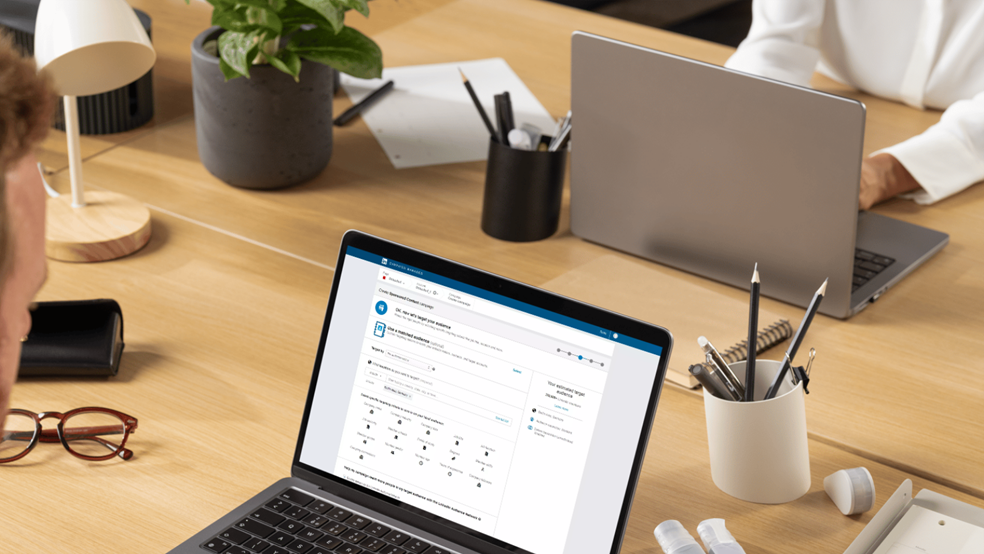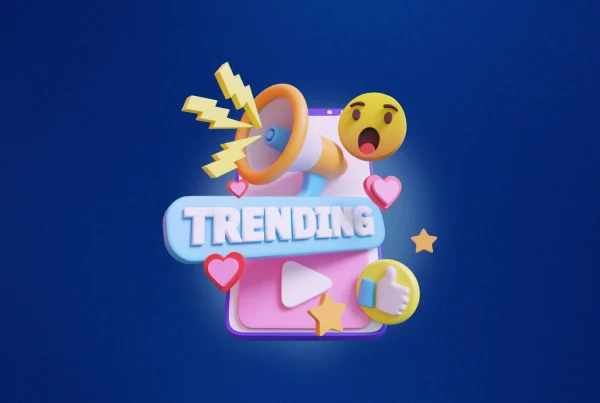
With over 1 billion professionals in 2024 on the platform, spanning across the globe, LinkedIn has now become an essential place for B2B marketing.
And as businesses continue to flock to LinkedIn to reach this highly targeted audience, now is the time to perfect your ad campaigns.
However, how do you make the ads better in an ever-evolving marketing landscape? Here are five strategies that have stood the test of time and continue to deliver outstanding results.
1. Refine Who You Want to Target
Probably a key benefit of LinkedIn by default is the powerful possibilities for targeting: job titles, industries, company size, and even seniority.
When building effective ads on LinkedIn, spend that extra minute to segment your target audience.
This will target people who are most likely not just to see but actually take action.
With the increased number of niche LinkedIn groups and professional communities, extending targeting to include group memberships or even events is one way to ensure that ads resonate with a very specific, highly engaged audience.
The first thing users notice about your LinkedIn ad is the visual content. If you create content that will stop your audience from scrolling, that’s successful content.
To do this, focus on high-quality images, infographics, or short videos that align with your brand message and speak to your audience’s needs.
Using professional visuals not only enhances your ad’s credibility but also helps convey your message more effectively.
Think about using real people from your business or customer success stories to create authenticity, which is crucial in building trust.
3. Craft Engaging and Relevant Copy
Your ad copy is the bridge between your audience and your offering. When you learn how to make LinkedIn ads better, you know the language thereby used should be clear, concise, and relevant to the target audience.
Compelling headlines, emotional hooks, and crystal-clear calls to action will be at your fingertips.
Studies indicate that personalized copy outperforms generic messaging by up to a factor of 3.
What does that mean? The copy must be done in a way that speaks to your audience’s pain points directly.
This way, they are able to notice and stop by your ads.
4. Leverage LinkedIn’s Conversion Tracking Tools
To determine whether your LinkedIn ads are performing optimally, take advantage of LinkedIn’s conversion tracking tools. You can track how the audience is interacting with your ads.
This too is made possible by installing the LinkedIn Insight Tag on your website.
Not only that, it also helps you know where leads are coming from and what they do right after clicking your ad, therefore understanding what’s working and what is not.
That lets you make data-driven decisions, constantly refining your approach for maximum effect.
5. Test, Optimize, and Scale
No LinkedIn ad campaign is ever perfect at the start. Successful LinkedIn advertising is one big, ongoing process of testing and optimization.
You should always be performing regular A/B testing of headlines, images, and call-to-action buttons to find out what works best with your audience and give you the flexibility to scale what works and refine what doesn’t.
By monitoring key metrics such as engagement rates, lead conversion, and click-throughs, you will be sure to make informed decisions to optimize your campaigns for better performance.
Need help to make LinkedIn ads? Our expert can help you with that. Click here to book a













